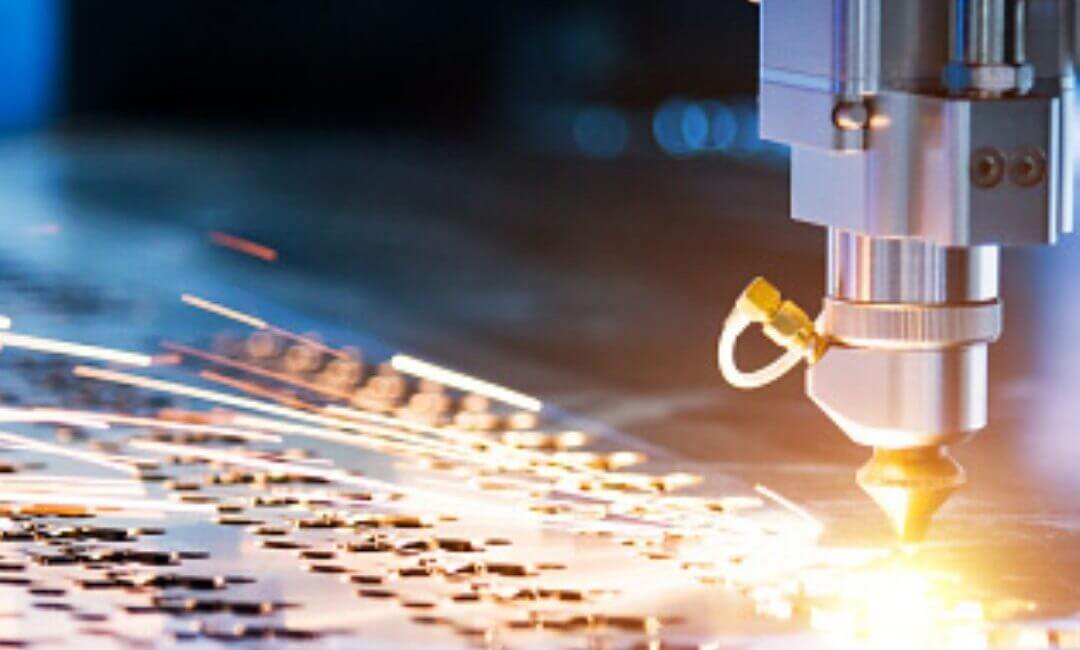
Laser cutting machines are becoming more and more popular in the manufacturing world. They offer a number of advantages over traditional cutting methods, including speed, accuracy, and convenience. In this blog post, we will explore the ten things you need to know about laser cutting machines before making a purchase. From types of materials that they can cut to their potential applications, read on to learn everything you need to know about this growing technology.
How to choose the right laser cutter for your needs
If you’re thinking about purchasing a laser cutter, there are a few things to keep in mind. First and foremost, the type of material you’ll be cutting will affect which machine is best for you. If your project is limited to wood or paper, a low-power machine like the HP 100G might be just what you need. If your projects involve metal, however, you’ll want to look at higher power machines like the lasers from Lulzbot or Allegro.
Another consideration is how large your projects will be. Larger projects can take longer to cut through with a low-powered machine, while high-power machines can quickly and easily handle larger pieces. Finally, it’s important to consider your budget; not all laser cutters are created equal. You can find machines that range in price from around $1,000 to over $50,000. The more features and capabilities the machine has, the more expensive it will be.
What types of materials can be cut with a laser cutter?
Materials that can be cut with a laser cutter include paper, cardstock, thin plastics, and even fabric. The most company materials used for laser cutting are paper and cardstock because they are easily cut without damaging the underlying material. Thin plastics can also be cut with a laser cutter, but care must be taken to prevent them from warping or bending. Fabric can be cut using a laser cutter as well, but it is not as commonly used because it requires more care and attention when cutting.
Cutting instructions for various materials
In this blog post, we will discuss the various cutting instructions that are relevant for laser cutting machines. In general, these instructions should be followed when cutting different types of materials:
-Metal: The most important instruction is to make sure that the material is clean and free from oils or other contaminants. Additional precautions include wearing a face shield and using a blade that is sharpened on both sides.
Setting up your machine
If you’re thinking about getting a laser cutting machine, there are a few things you need to know first. First, it’s important to decide what type of material you want to cut. There are three main types of laser cutting machines: digital, thermal, and galvanic.
The main difference between these three types of machines is how they produce the cut. With digital lasers, your computer creates the image of the desired design on the material being cut and then sends this information to the machine’s controller which uses a high-powered beam of light to actually cut through the material. Thermal lasers use heated mirrors that direct a beam of heat onto the material that is being cut and this vaporizes some of the material so that it can be cut by the laser. Galvanic lasers use an electric current to vibrate an electrode which makes an arc in the metal being cut so that it can be sliced cleanly.
Tips for successful laser cutting
When choosing a laser cutter, it’s important to keep these tips in mind:
-Choose the right machine for the job.
-Create a stable work area.
-Be familiar with your machine’s capabilities and limitations.
-Practice your cutting skills before you start producing items of actual value.
Conclusion
Laser cutting machines are incredibly versatile tools that can be used in a variety of different ways. If you’re looking to start your own business, or if you just want to improve the quality and efficiency of your work flow, investing in a laser cutter can be a great decision. Here are ten things to know about laser cutters so that you can make an informed decision:
Natalie Chen
Related posts
Stay connected
Today's pick
- The Importance of Professional Handyman Services for Your HomeYour home is your sanctuary, a place of comfort and security, but maintaining it can be a daunting task. From routine maintenance to unexpected repairs, there’s always something that needs attention. While many homeowners might be tempted to tackle these jobs themselves, not all tasks... The post The Importance of Professional Handyman Services for Your […]
